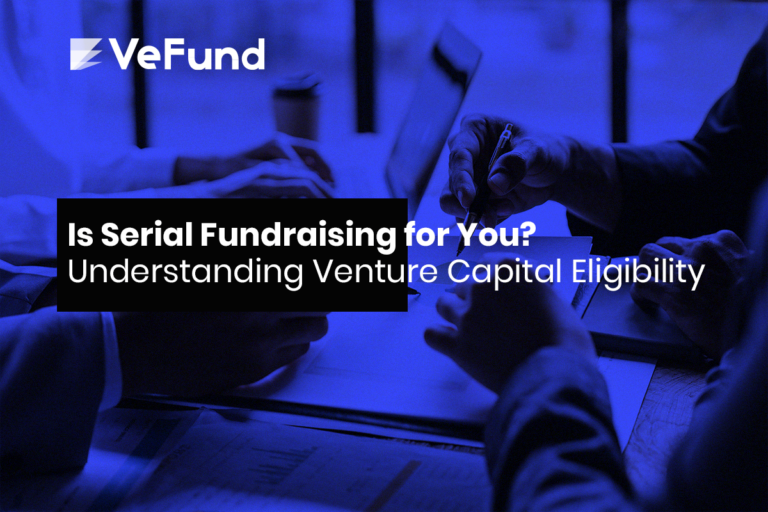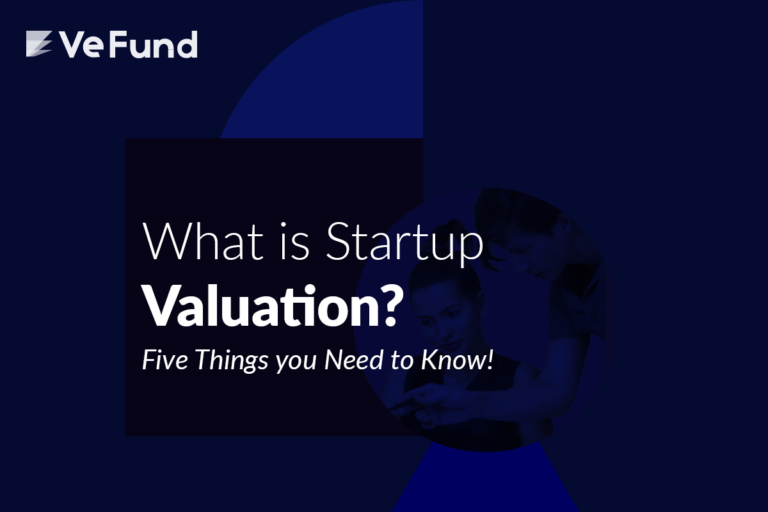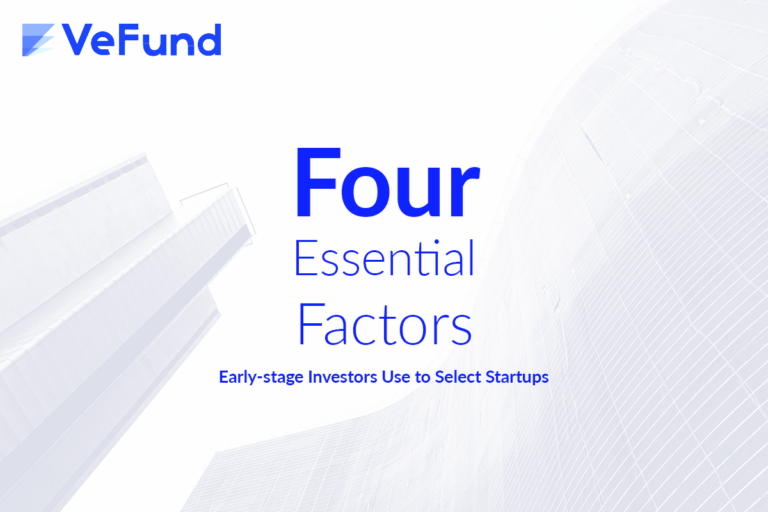Deciding Which Metrics (KPIs) to Track on your Startup Investments
Tracking metrics on every startup you invest in is essential. This is true whether you are an angel investor or VC. Being informed about your investment’s health and growth allows you to make strategic decisions and provide advice at the right time.
Key performance indicators (KPIs) apply to almost every startup that launched its own product. Our focus on this article is for startups that fall within this category. Startups that are still developing their product should focus more on key milestones than metrics.
Adora Cheung of Y Combinator states that every founder should keep track of one primary indicator. This very indicator should capture most of the startup’s value and goals. If it goes up, it means the startup is growing realistically, and vice versa.
Tracking secondary indicators then comes as a complement to the primary indicator. With every second indicator, the metrics must capture more and more of the startup’s status.
Here we’re going to illustrate what is meant by both primary and secondary indicators, and how to choose them.
Primary Indicator
There are four characteristics to define a good primary indicator according to Adora Cheung:
1. Representing delivery of real value
The indicator should measure the value the customer gets from using the startup’s product or service.
The best indicator here would be revenue-related since revenue is the #1 showcase that the customer loves the product and is willing to pay. If the company is Spotify, the primary metric will be focused on the monthly subscription.
The second best indicator is related to active users. With the help of the founder, define who the “active user” is. Is it someone who makes a purchase? Is it someone who spends x time on the platform?
Then choose a metric that represents this activity. So if the company is Uber, the primary metric could be the number of rides.
2. Capturing Recurring Revenue
If the customer should be using the product on a regular basis, measuring the recurring revenue is a must. This is the case for any monthly subscription business.
Monthly Recurring Revenue (MRR) is a very familiar metric for such startups. It is the revenue recurring services rendered in a given month, which does not include one-time, or non-recurring, revenue such as fees and professional services revenue.
A growing MRR shows that customers are both growing on your service and sticking to it.
3. Lagging in Nature
A lagging indicator shows the numbers AFTER the service occurs and money is paid.
To elaborate, imagine a service where you have to sign up and then order and pay on the website. Measuring signing-ups will not count as a lagging indicator. Measuring how many people ordered and paid is a lagging indicator.
Focusing on lagging indicators shows your true customers who completed the process and received the value. Every earlier measure tricks the reader by amplifying the numbers.
4. Usable as a Feedback Mechanism
Being quick enough to provide feedback for the founder is a vital characteristic of a primary indicator.
The indicator should allow for testing strategies and showing clues for possible future changes.
For the investor, it’s a great way to monitor and validate the founder’s actions, ensuring he/she stays objective and strategic to the metric’s values.
Secondary Indicators
As mentioned, one indicator will never be enough. A startup is a complex entity with multiple factors coming into play. You need to check on the health of the aspects not covered by your primary metric.
That said, it doesn’t also mean filling the dashboard with 20+ indicators that dive into meaningless details. Three to five more metrics will most likely do the job.
For more details, you can view this session by Anu Hariharan of Y Combinator on choosing metrics based on the business model.
Final Thoughts
At VeFund, we simplify investor/founder communications by providing ready-to-use metrics and reporting templates. You can also customize your own metrics and reports to fit all your needs.
Join us at VeFund and invite your founders to your all-in-one investment platform.







